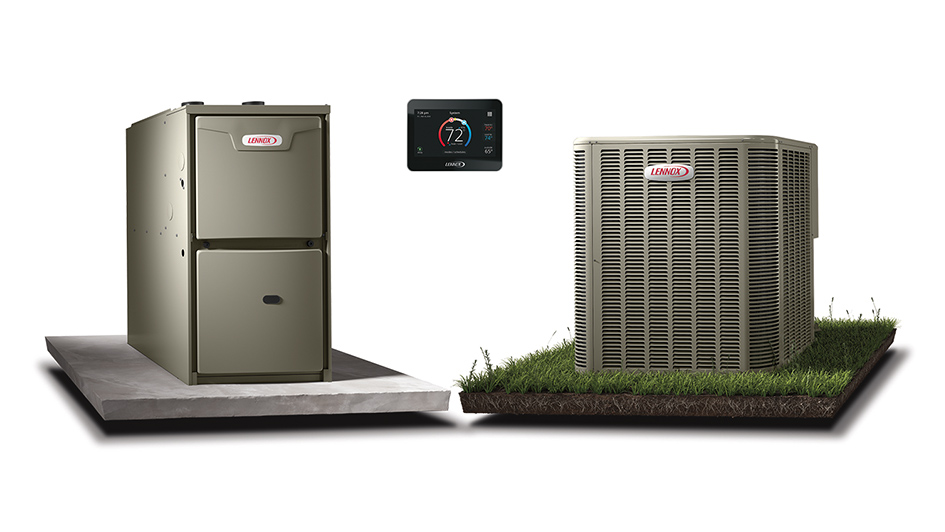
The idea of using both a furnace and heat pump can seem a bit unusual at first. After all, why would you need two heaters? Although furnaces and heat pumps both deliver energy-efficient heat, the changes in their design genuinely make employing both of them a potential option. It’s not for everyone, but in the right conditions you will absolutely benefit from having a furnace and a heat pump.
You’ll need to weigh several factors in order to decide if this sort of setup suits you. Your local climate and the dimensions of your home are both especially important, particularly for the heat pump. This is because numerous models of heat pumps begin to run less effectively in cooler weather and bigger homes. That being said, you can still take advantage of heat pump installation in Shamokin and Sunbury.
Heat Pumps Can Be Less Efficient in Cold Weather
Heat pumps are commonly less effective in colder weather due to how they create climate control to start with. As opposed to furnaces, which ignite fuel to create heat, a heat pump reverses its supply of refrigerant to extract heat from outdoor air. This heat is then drawn inside and dispersed around your home. Provided there is still a little heat energy in the air, a heat pump will function. But the cooler the temperature, the less effective this process is.
The less heat energy is usable outside, the more time is needed for a heat pump to draw heat indoors to maintain your ideal temperature. It might depend on the specific make and model, but heat pumps can start to drop in efficiency at temperatures of 40 degrees and under. They still remain an energy-efficient option until 20-25 degrees, after which a gas furnace is more effective.
What Temperatures Do Heat Pumps Perform Best In?
Heat pumps function best in temperate climates 40 degrees and up. Having said that, you don’t have to give up on the benefits of a heat pump just because your local climate is cooler. As a matter of fact, that’s why owning both a furnace and heat pump may be worth the expense. You can favor the heat pump for energy-efficient heat until the weather is chilly enough to justify swapping to something like a gas furnace.
A few makes and models tout greater performance in cold weather. For example, the Lennox MLA heat pump is capable of working at 100% capacity at 0°F. It can even remain functional in temperatures as extreme as -22°F. For optimum energy efficiency, you’ll likely still want to swap to the furnace in severely cold weather.
So Should I Get a Heat Pump if I Use a Gas Furnace?
If you’re thinking about maintaining the most energy-efficient HVAC system achievable, owning a heat pump and gas furnace at the same time deserves the investment. Not only is a dual-heating system versatile, but it features other advantages like:
- Dependable backup heating – A redundant heating system means even if one fails, you still have the capability to heat your home. It might not be the most energy efficient, but it’s better than living in an unheated home while you wait for repairs.
- Lower energy costs – The ability to pick which heating system you use based on the highest energy efficiency decreases your total costs. Smaller heating bills over the life span of these heaters can really add up to lots of savings.
- Less strain on both systems – Rather than running one system all winter long, heating duties are divided between the furnace and heat pump. Crucial parts can last longer since they’re not under nonstop use.
If you’re still uncertain about heat pump installation in Shamokin and Sunbury, don’t hesitate to contact your local certified technicians. They can evaluate your home’s comfort needs and help you figure out if a dual-heating HVAC system is the better option.
